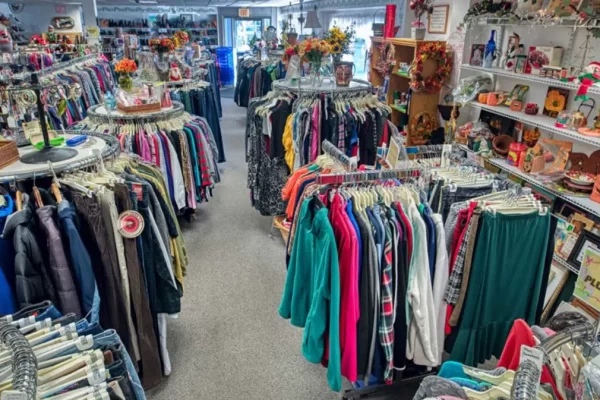Within the European Union, there are a number of facilities designed for those doing business. This is particularly relevant when trading within the EU. The mechanisms created are designed to make it easier to determine the correct VAT rates, as well as opportunities to apply for subsidies or take advantage of tax breaks. One of the important elements carried out in the European Union is the VAT MOSS procedure, which facilitates VAT settlement. With VAT MOSS, tax charged in different countries can be settled in just one EU member state. How does this mechanism work in practice?
Who is the VAT MOSS procedure intended for?
The VAT MOSS procedure, i.e. VAT mini one stop shop, applies to entrepreneurs engaged in the business of providing telecommunications, television and radio broadcasting services or selling digital services to non-taxpayers. The purpose of this system is to simplify VAT settlement procedures and allow businesses to avoid the need to register for VAT in each EU member state.
Implementation of VAT OSS and VAT IOSS systems
In July 2021, the VAT MOSS mechanism was replaced by extended systems named: VAT OSS and VAT IOSS. They are an extension of the VAT MOSS operation, which means that the capabilities available in the previous system have been retained, and options have been added to further simplify the VAT settlement process. Despite these changes, the VAT MOSS mechanism can still be used to correct registration information. This will be possible until the end of 2024.
Choosing the right country of identification
When using the VAT MOSS system, it is very important to use the correct country of identification, i.e. the EU country in which the entity registers. It must not be chosen randomly, but according to strict rules. The country of identification can be the place of business, if it is within the European Union. The same applies if the entity is based outside the EU, but also has permanent branches within the European Union. The third option applies when the company is based outside the EU and at the same time has no permanent establishments in the EU. In the latter case, the VAT MOSS mechanism cannot be used at all.
Submitting tax returns and VAT overpayment
Under the VAT MOSS mechanism, a registered entity submits VAT returns in the country of identification. Subsequently, all transactions performed are settled EU-wide and it is not necessary to charge VAT in each country individually. In case of VAT overpayment, the amount due is refunded by the tax authorities of the countries involved in the transactions. In addition, a certain part of the due amount is paid by the tax authorities in the country of identification, which is due to the deduction of administrative costs. This way, doing business in the European Union becomes easier and faster, regardless of the countries in which commercial operations are carried out.
Working with specialized tax consulting services
Because of the changes in tax settlements, it is worthwhile to use the services of specialized companies engaged in comprehensive accounting services. One of the recommended offices is INTERTAX, which provides tax consulting services for business. More on tax mechanisms can be found on the company’s website, including the following address: https://polishtax.com/what-is-vat-moss/. With professional support, you can get effective assistance regardless of the size and nature of your business.




